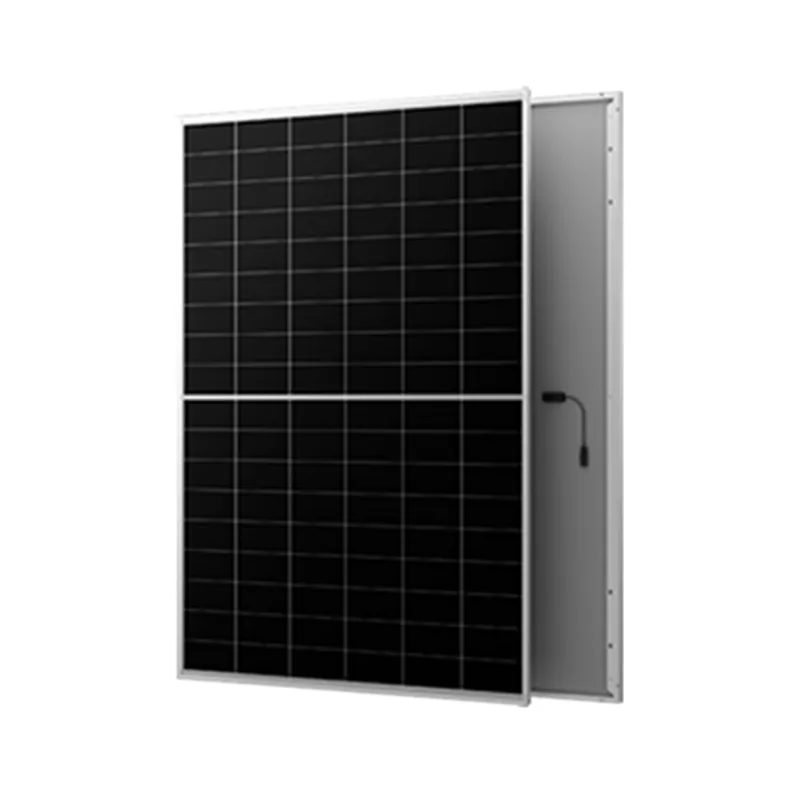Common Measurements and Dimensions of Solar Panels for Home and Commercial Use Explained
Common Solar Panel Sizes A Comprehensive Overview
As the demand for renewable energy sources continues to rise, solar panels have become an essential component of modern energy solutions. One of the most important considerations for anyone looking to invest in solar technology is the size of the solar panels available. This article aims to explore common solar panel sizes, helping consumers understand their options and make informed decisions.
Understanding Solar Panel Sizes
Solar panels come in various sizes, typically measured in watts based on their output capacity. The most common residential solar panels range from 250 to 400 watts per panel. The physical dimensions of these panels can vary, but the typical sizes are approximately 65 inches by 39 inches for standard panels and up to 78 inches by 39 inches for larger high-output panels.
Types of Solar Panels
1. Monocrystalline Panels Known for their high efficiency and sleek aesthetic, monocrystalline panels generally have a higher power output, often reaching up to 400 watts in a standard size. They are made from a single crystal structure and are ideal for limited installation spaces, as they require less area to generate the same amount of power compared to other types.
2. Polycrystalline Panels Slightly less efficient than their monocrystalline counterparts, polycrystalline panels usually range between 250 and 350 watts. These panels have a bluish hue and are made from multiple crystal structures. They tend to be more affordable, making them a popular choice for those looking to reduce initial investment costs.
3. Thin-Film Panels These panels are lightweight and flexible, often used in unique applications where traditional panels might not fit. Their efficiency tends to be lower (around 100 to 200 watts per panel), and they typically require more space to produce the same amount of energy as crystalline panels. However, their versatility and lower cost can make them an appealing option for certain installations, especially in large-scale solar farms.
common solar panel sizes

Factors Influencing Solar Panel Size Selection
When choosing the size of solar panels for your home or business, there are several factors to consider
1. Available Roof Space If your roof has limited space, opting for higher wattage monocrystalline panels may be the best choice. Conversely, if you have ample roof area, polycrystalline or thin-film panels could be more cost-effective.
2. Energy Needs Your household’s energy consumption will dictate how many panels you need and their respective sizes. Reviewing your past energy bills can help determine the total wattage required to offset your energy usage.
3. Budget The initial cost of solar panels can vary widely based on type and size. Larger and more efficient panels typically come with a higher price tag, but they may provide more savings in the long run through increased energy production.
4. Aesthetic Preferences The visual appeal of solar panels can influence your decision, especially for residential installations. Monocrystalline panels are often favored for their sleek appearance, while polycrystalline may be seen as less aesthetically pleasing.
Conclusion
Choosing the right size of solar panels is crucial for optimizing energy production and ensuring a return on investment. Whether you opt for high-efficiency monocrystalline panels or budget-friendly polycrystalline options, understanding the variety of common solar panel sizes and their respective characteristics is vital. As technology advances and solar energy becomes even more accessible, homeowners and businesses alike can harness the sun’s power effectively and sustainably.
-
Unlocking Energy Freedom with the Off Grid Solar InverterNewsJun.06,2025
-
Unlock More Solar Power with a High-Efficiency Bifacial Solar PanelNewsJun.06,2025
-
Power Your Future with High-Efficiency Monocrystalline Solar PanelsNewsJun.06,2025
-
Next-Gen Solar Power Starts with Micro Solar InvertersNewsJun.06,2025
-
Harnessing Peak Efficiency with the On Grid Solar InverterNewsJun.06,2025
-
Discover Unmatched Efficiency with the Latest String Solar InverterNewsJun.06,2025







